Hands-on outdoor science activities for children, such as this human sundial experiment, can help children learn how shadows are created and measure the earth’s rotation. (First published on May 7, 2016; this post is regularly updated and republished to improve the content.)
This human sundial outdoor science experiment and activity for kids can help children learn about shadows and the earth’s rotation around the sun. Most children think that the sun moves across our sky throughout the day. Conducting outdoor science experiments, such as making a human sundial, can help kids learn that the sun isn’t moving and instead understand that it is really the Earth that is rotating! You might also enjoy five ways to have fun with shadows.
Children in elementary, middle, and even high school can learn a few basic science concepts while conducting a human sundial outdoor shadow science experiment. I will never forget what I learned due to a human sundial experiment I did with my classmates in elementary school. I stayed late that day to admire the beautiful human sundial tracings we made all over the playground to make sense of it all. That’s the power of hands-on learning activities, like this human sundial science experiment for kids. You might also enjoy this shadow art STEAM project.
Related: Rock Balancing Stone Stacking Art
What is a sundial?
A sundial is a fascinating ancient timekeeping instrument that uses the sun’s movement across the sky to tell the time of day. It is one of the oldest known instruments used to tell time. As the day progresses, the sun moves across the sky, causing the object’s shadow to move and indicate the passage of time.
Sundials were widely used by ancient Egyptians and were also used in France and by the Greeks and Romans before the advent of mechanical clocks. Over the centuries, sundials were made in a variety of designs and today there are several different types of sundials.
The general design of a sundial consists of a flat plate or a concave surface marked with hour lines and a gnomon, which is a slender rod or triangular object positioned at the center. As the sun casts its rays, the gnomon’s shadow moves across the marked hour lines on the flat surface of a sundial and the tip of the pointer shows the time. Thus sundials provide a simple and reliable way to determine the time of day, even without the need for complex machinery or batteries.
What is a human sundial?
Imagine the magic of transforming your children into living, breathing sundials—this is precisely what a human sundial is! It’s an engaging and interactive way to experience the passage of time during the hours of the day using someone’s body as the gnomon.
The human sundial offers a wonderful opportunity to understand the sun’s movement and its relationship with time, bridging the gap between ancient knowledge and modern-day curiosity. It’s a captivating blend of science, history, and fun, making it a perfect educational activity for kids and adults of all ages. Invite children to step into the spotlight of the sun and allow their human sundial to unlock the ancient mysteries of the earth’s rotation and the passage of time right before their eyes!
Shadow Science Experiments for Kids: Make a Human Sundial
Making a human sundial is one of my favorite childhood science experiments. I remember making human sundials for the first time with my classmates when I was in elementary school. We marched out to the playground together to trace our shadows and record our observations in our science notebooks several times that day.
Everyone was assigned a partner, and we designated one person as the tracer and the other as the trace. We worked together in pairs to record our observations and answer our teacher’s questions. (Other fun outdoor learning ideas can be found in birding for kids.)
We had so much fun that I will never forget that day or what I learned as a result. I was so excited to share it with my daughter that I decided to try it with her one day. She was a bit young the first time we made a human sundial together, but she loved it! Scroll down to learn how to conduct your own human sundial shadow science experiment and observations. Or try magnet fishing!
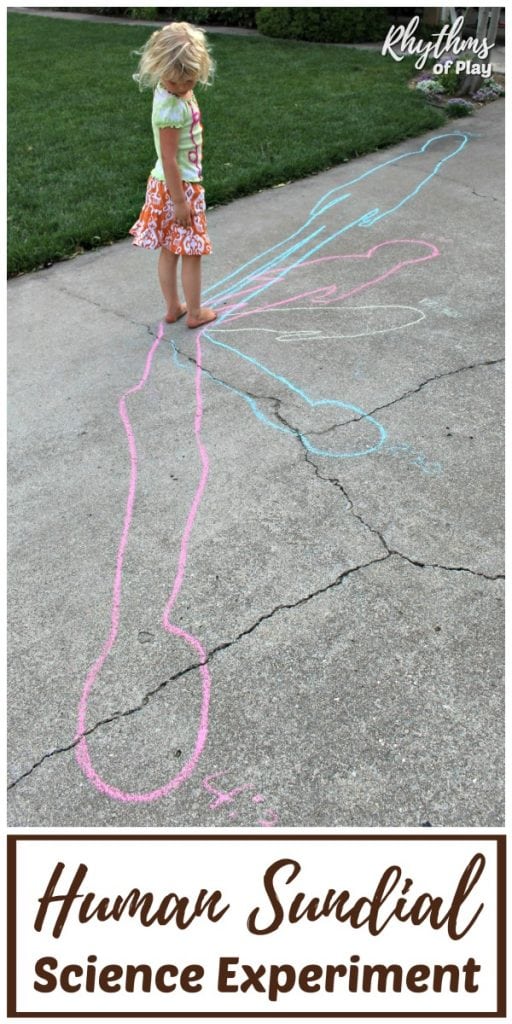
Related: Shadow Art Outdoor Science
Outdoor Shadow Science Experiments Supplies
- Open space with no shadows and no clouds overhead. Driveways, parking lots, and playgrounds work well.
- Sidewalk chalk
- Camera
- Tape measure
- Science notebook or nature journal and a pen or pencil to record observations (optional)
Human Sundial Shadow Science Experiments: Recommended Reading for Kids
Help children learn more about shadows and how they are formed or made. And about the sun, and the earth’s rotation and movement through our solar system with the children’s book recommendations below!
- What Makes a Shadow
- Next Time You See a Sunset
- Tell Me Why There Is Day and Night
- Light is All Around Us
Related: Rainbow Science for Kids
How to Make a Human Sundial Step-by-Step Directions
Read through the easy step-by-step instructions below to learn how to conduct a human sundial science experiment before getting started so you understand the steps involved in this hands-on science activity for kids and know what to expect.
1. Conduct your human sundial science experiments on a sunny day when no clouds, rain, or snow is expected.
- It must be sunny to trace shadows all day, so do your best to conduct this sundial experiment on a bright, cloudless day.
- Unfortunately, if clouds move in during the day, you must scrap your human sundial shadow science experiments for another day.
2. Find an open area at school or near your home where the sun shines all day to make a human sundial.
- Find a wide-open spot that will be sunny all day. Playgrounds, driveways, large parking lots, the top level of a parking structure, rooftop patios, and large open pool decks usually work well.
- Make sure you have enough space in all directions around you. Shadows of trees, poles, cars, and everything else can grow long, and houses often cover driveways (like ours did).
- If there are trees or structures near the area you are considering, check the area in the morning at sunrise, at mid-day, and in the evening to make sure that the area is not shadowed at any time of the day. You need the sun on it to be able to trace your child’s shadow!
- Remind yourself that shadows move and change throughout the year, so a spot that works in the winter may not work in the summer and vice versa.
- If you do this sundial experiment with a class, split them into small groups (or pairs) and ensure the children are spread far enough apart to make their human sundials. You will need about 10-20 feet between each group or pair of students.
- Another option is to make one sundial with the whole class. If you choose this option, trace the same person throughout the day to control for height and size differences.
3. Place an ‘X’ on the spot where the person will stand each time they have their shadow traced.
- Place an ‘X’ on the spot where you want your child to stand, or find another way to mark the area that will last all day and not move.
4. Use sidewalk chalk to trace the person’s shadow at least three Times.
- If you are working with a class, have them trace each other’s shadows.
- Morning, mid-day, late afternoon, and/or early evening are great times of day to trace shadows for these outdoor science experiments.
- Think of mealtimes as your cue to trace shadows or set an alarm to remind you.
- My daughter and I did our shadow tracings and took the photographs shown in this post every two hours at 8:30 am, 10:30 am, 12:30 pm, 2:30 pm, and 4:30 pm during the spring of 2016 in Northern California.
Optional steps to complete each time you trace a shadow for the sundial:
- Use sidewalk chalk to note the time of day next to each tracing.
- Invite children to describe their shadows each time they take them. (long and skinny, short and fat, etc.)
- Take photos and record all other observations in a scientific notebook or homemade nature journal. (optional)
- Ask children to note the sun’s position in the sky (the general location of the sun) when they make each tracing.
- Measure the length of your child’s shadow each time you trace it and record it in your notebook.
- Ask your children to predict where their shadow will be and what it will look like at the next tracing time.
- For even more fun, paint each shadow or the entire human sundial with DIY chalk paint.
5. Invite children to compare observations and formulate a hypothesis.
- Use this activity to discuss why the shadow changes throughout the day and the remainder of the year.
- Ask your kids the questions below (in the next section–scroll down) to get them thinking.
- Later you can explain that our earth spins on its axis in a day and makes its way around the sun in a year to produce the changes we see in our shadows. But first, allow them to try to figure it out on their own.
Optional Questions to Ask During and After Human Sundial Shadow Science Experiments
- How do you think shadows are made?
- What did you observe about your shadow and the sun?
- Did the sun move? If yes, which direction?
- In what direction did your shadow move?
- Are the tracings the same? Why or why not?
- Did the length of the shadow tracings change?
- When was your shadow the longest? When was it the shortest?
- Why do you think that your shadow changes throughout the day?
- Do you think that your shadow also changes throughout the year?
Related: How to Make and Keep a Nature Journal
Human Sundial Shadow Science Experiments
To extend this human sundial shadow science activity, conduct the experiment on or close to the summer solstice (the longest day of the year), fall equinox, winter solstice (the shortest day of the year), and spring equinox to record the differences in the human sundials you create.
Taking photographs and recording your observations in a nature journal or science notebook is a good way to keep track of the differences throughout the year.
Related: Art and Science: Experiment with Watercolor Resist
Human Sundial Outdoor Science Experiments: Our Process
I had difficulty finding a space in our driveway that would work for our shadow science experiments. Shadows fall all over our driveway throughout the day, so I watched the sun for a few days to find a suitable spot.
We did our shadow tracings at 8:30 am, 10:30 am, 12:30 am, 2:30 pm, and 4:30 pm in the spring. And we would have done one last one at 6:30 pm if our house did not completely shadow our driveway and our shadow science experiments at that time.
You can see my daughter standing in her sundial at 6:30 pm in the bottom right photo in the photo collage below. She and our sundial are in the shade because our house began to eclipse the sun.
I love our photographs because they document the changes in my daughter’s shadow throughout the course of a day in Northern California in the springtime of 2016. And they also show my daughter’s wardrobe changes throughout the day-ha! Those preschoolers are funny, aren’t they?
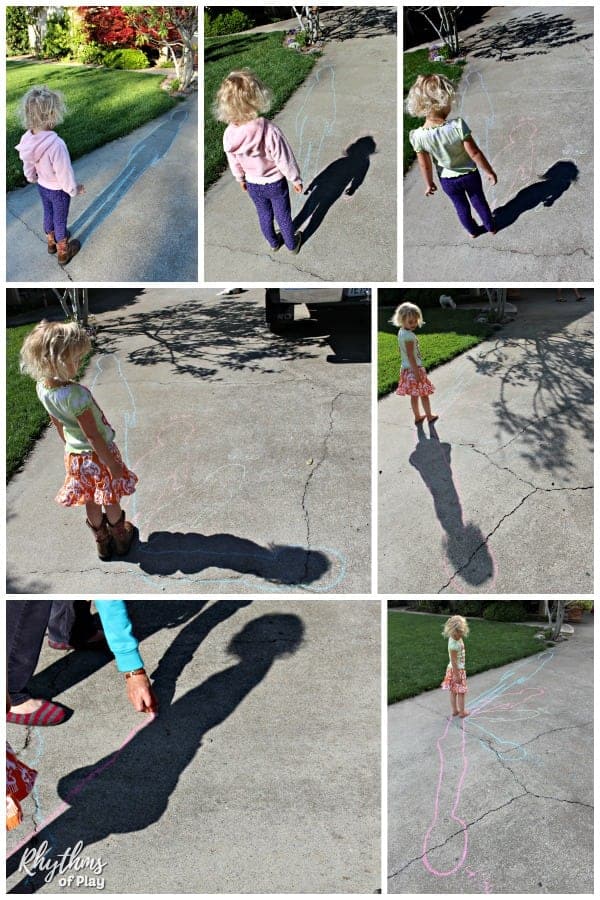
Related: Sorting and Classifying Rocks
Human Sundial Shadow Science Experiments for Kids
Help your children learn about the earth’s rotation by tracing shadows throughout the day with this human sundial shadow science experiment. Shadow science experiments are an easy hands-on way for children to learn about how shadows form. They are also a fun way to measure the earth’s rotation.
My daughter was only 3 when we tried this for the first time. She was too young to do some of the steps, such as recording her observations in a science notebook, so I asked her questions and wrote down her responses. The questions I asked dovetailed off her responses and led her to conclude that we (planet Earth) are rotating to produce the changes in our shadows throughout the day.
Since that day, we have continued to talk about how the earth rotates to make day and night. I have also begun to teach her how to tell time and what that means regarding the movement of the sun and the earth.
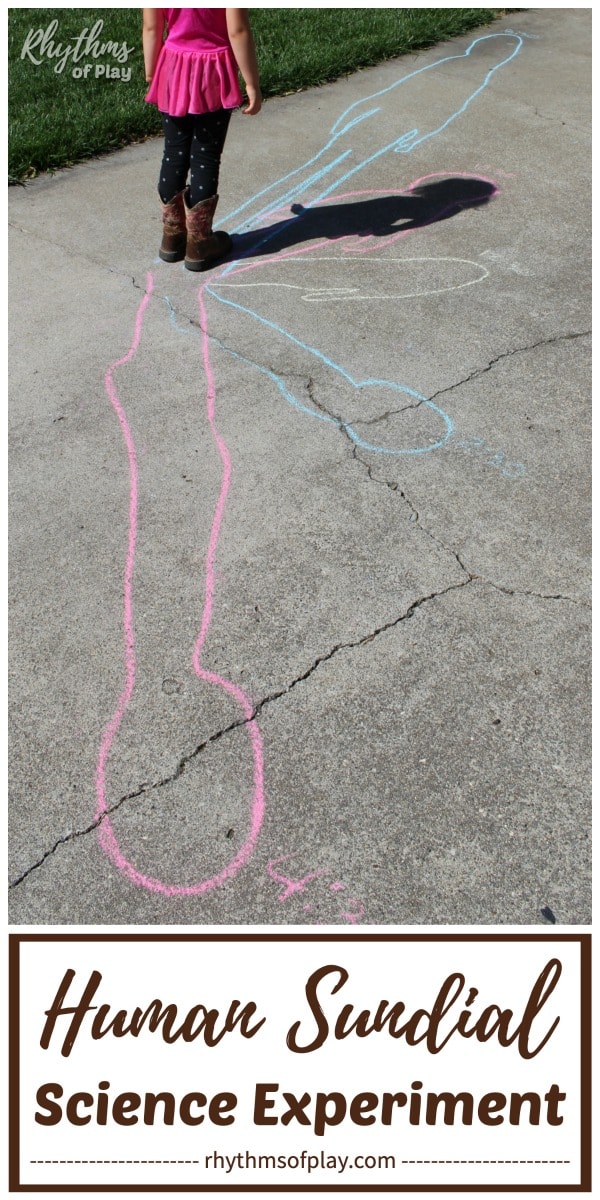
More Outdoor Science Activities
If you are looking for more outdoor science activities, you may want to try shadow art, rock balancing, skipping stones, or rainbow rainy day art!
And if you have a budding naturalist at home, you might want to check out our top 10 Nature Study Supplies.
For more ways to have fun with shadows, click on the link.
Learn more about Rhythms of Play HERE.
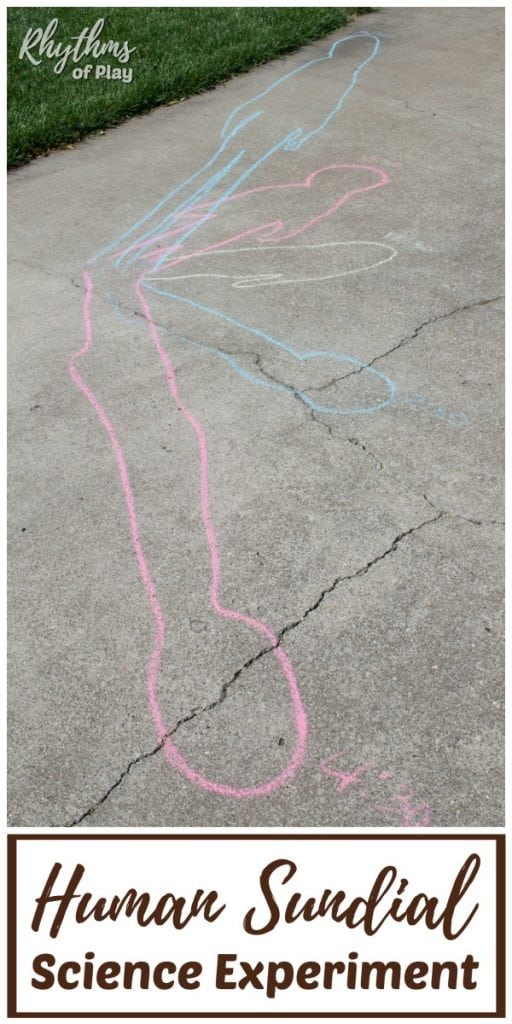
More Science Ideas for Kids:
- Sorting and Classifying Rocks: Geology for Kids
- Rainbow Rainy Day Art: STEAM Activity
- Art & Science: Experiment with Watercolor Resist
- Fishing with Magnets: Cool Science for Kids
- Get Outside and Connect
- Birding for Kids: Bird-Watching Lessons and Activities
- How to Skip Rocks: The Art and Science of Skipping Stones
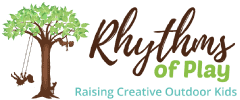
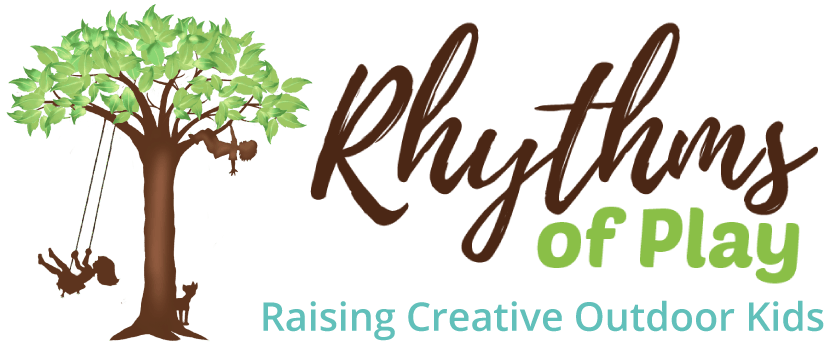
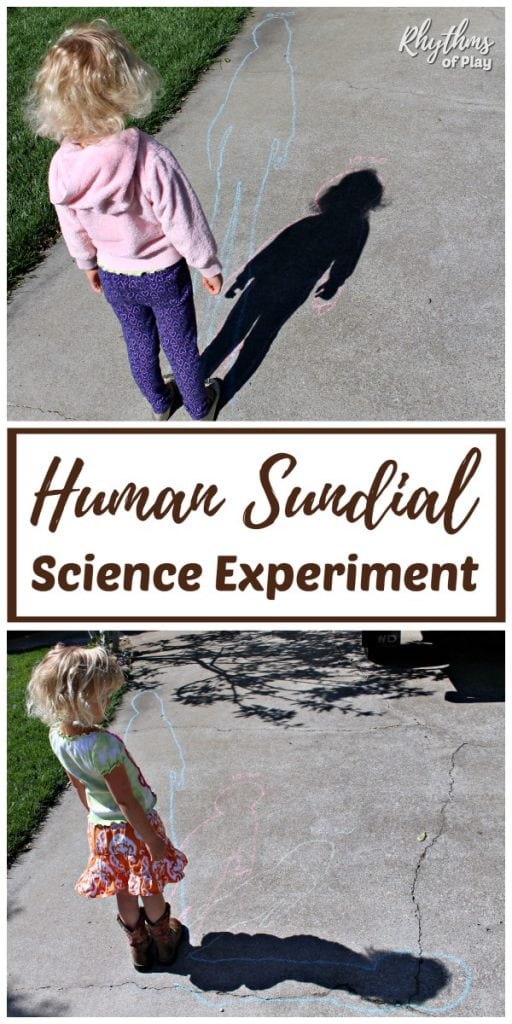
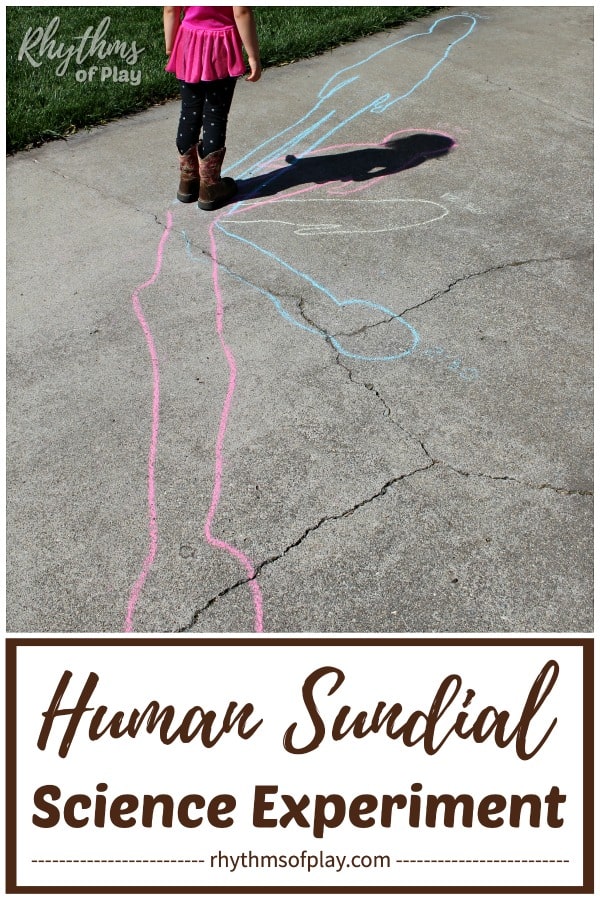


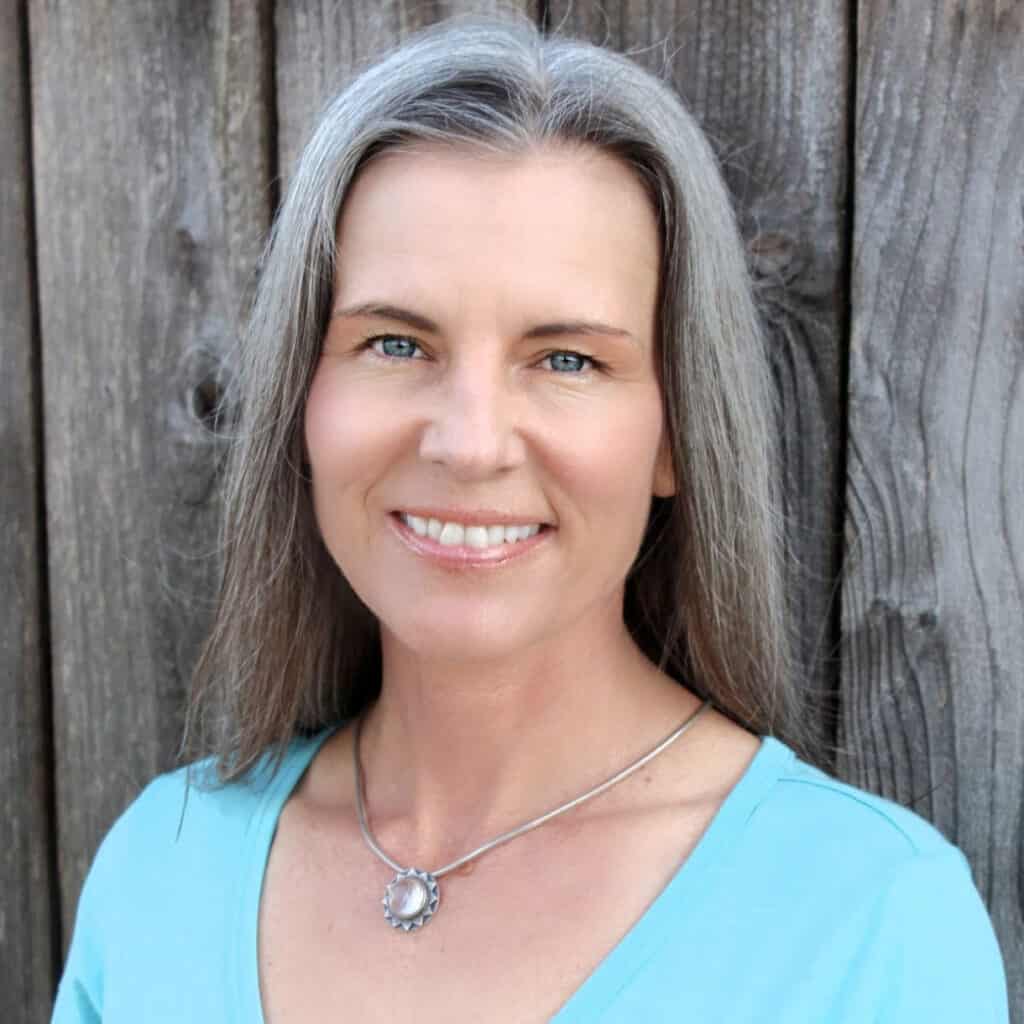


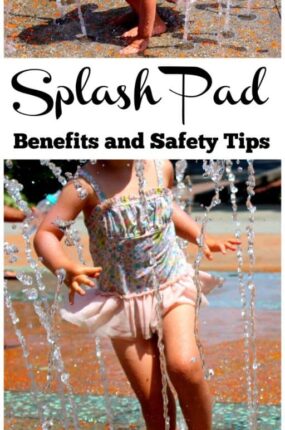
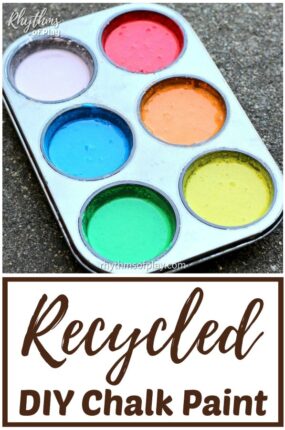


Leave a Comment